iPhone 17 Pro vs Galaxy S25: Are Apple’s $300 extras really worth It?
Power versus practicality. Here’s what separates the iPhone 17 Pro from the Galaxy S25.
We may earn a commission if you make a purchase from the links on this page.

Apple’s iPhone 17 Pro has landed with an all-48 MP camera system including a new 4x tetraprism telephoto camera, brighter 3,000-nit display with anti-reflection coating, and faster 40W charging, all for $1099. Samsung’s Galaxy S25 comes at a lower price of $799 with a feather-light body, Snapdragon 8 Elite, and a familiar triple-camera setup.
iPhone 17 Pro vs Galaxy S25 differences:
| iPhone 17 Pro | Galaxy S25 |
|---|---|
| Aluminum build | Aluminum build |
| Ceramic Shield 2 (front and back) | Gorilla Glass Victus 2 (front and back) |
| 6.3" OLED | 6.2" AMOLED |
| 1-120Hz display refresh rate | 1-120Hz display refresh rate |
| 3,000 nits peak brightness | 2,600 nits peak brightness |
| A19 Pro chip (3nm) | Snapdragon 8 Elite (3nm) |
| Vapor chamber cooling | Vapor chamber cooling |
| 12 GB RAM | 12 GB RAM |
| Up to 1 TB storage | Up to 512 GB |
| 48 MP main camera | 50 MP main |
| 48 MP ultrawide camera | 12 MP ultrawide |
| 48 MP 4x telephoto camera | 10 MP 3x telephoto |
| 18 MP Center Stage selfie | 12 MP selfie |
| ~3988/4252 mAh battery (SIM variant dependent) | 4,000 mAh battery |
| 40W wired charging | 25W wired |
| 25W Qi2 wireless charging | 15W wireless charging |
| 4.5W reverse wired charging | 4.5W reverse wireless charging |
| From $999 (256 GB) | From $799 (128 GB) |
Table of Contents:
Read more:
- Galaxy S25 review: Barely an upgrade
- Pixel 10 Pro vs Galaxy S25: Which one is the better compact Android flagship?
- iPhone 17 Pro vs iPhone 16 Pro: A new age dawns for the iPhone Pro
Design and Size
Samsung keeps the compact crown, Apple experiments with durability
Samsung's Galaxy S25 continues to be one of the most compact flagships on the market. It's 7.25 mm thick and weighs only 162 grams. It’s one of the lightest premium phones you can buy today.
Apple’s iPhone 17 Pro, on the other hand, ditches titanium in favor of a forged aluminum unibody with Ceramic Shield 2 on both the front and back. Apple claims that Ceramic Shield 2 is three times more scratch-resistant than before. While this design improves durability, it also makes the Pro thicker at 8.3 mm and heavier at 194 grams. Oh, and there's that new "camera plateau" that is… maybe not the prettiest look.
Apple’s iPhone 17 Pro, on the other hand, ditches titanium in favor of a forged aluminum unibody with Ceramic Shield 2 on both the front and back. Apple claims that Ceramic Shield 2 is three times more scratch-resistant than before. While this design improves durability, it also makes the Pro thicker at 8.3 mm and heavier at 194 grams. Oh, and there's that new "camera plateau" that is… maybe not the prettiest look.
| iPhone 17 Pro | Galaxy S25 |
|---|---|
| Thickness 8.3 mm | Thickness 7.25 mm |
| Dimensions 146.6 × 71.5 mm | Dimensions 146.9 x 70.5 mm |
| Weight 194 grams | Weight 162 grams |
The Galaxy S25 colors include Mint, Icy Blue, Navy, and Silver Shadow. Apple has experimented a bit with the iPhone 17 colors this year, adding a Cosmic Orange this year, alongside a Silver and Deep Blue options (yes, there is no black iPhone Pro this year).
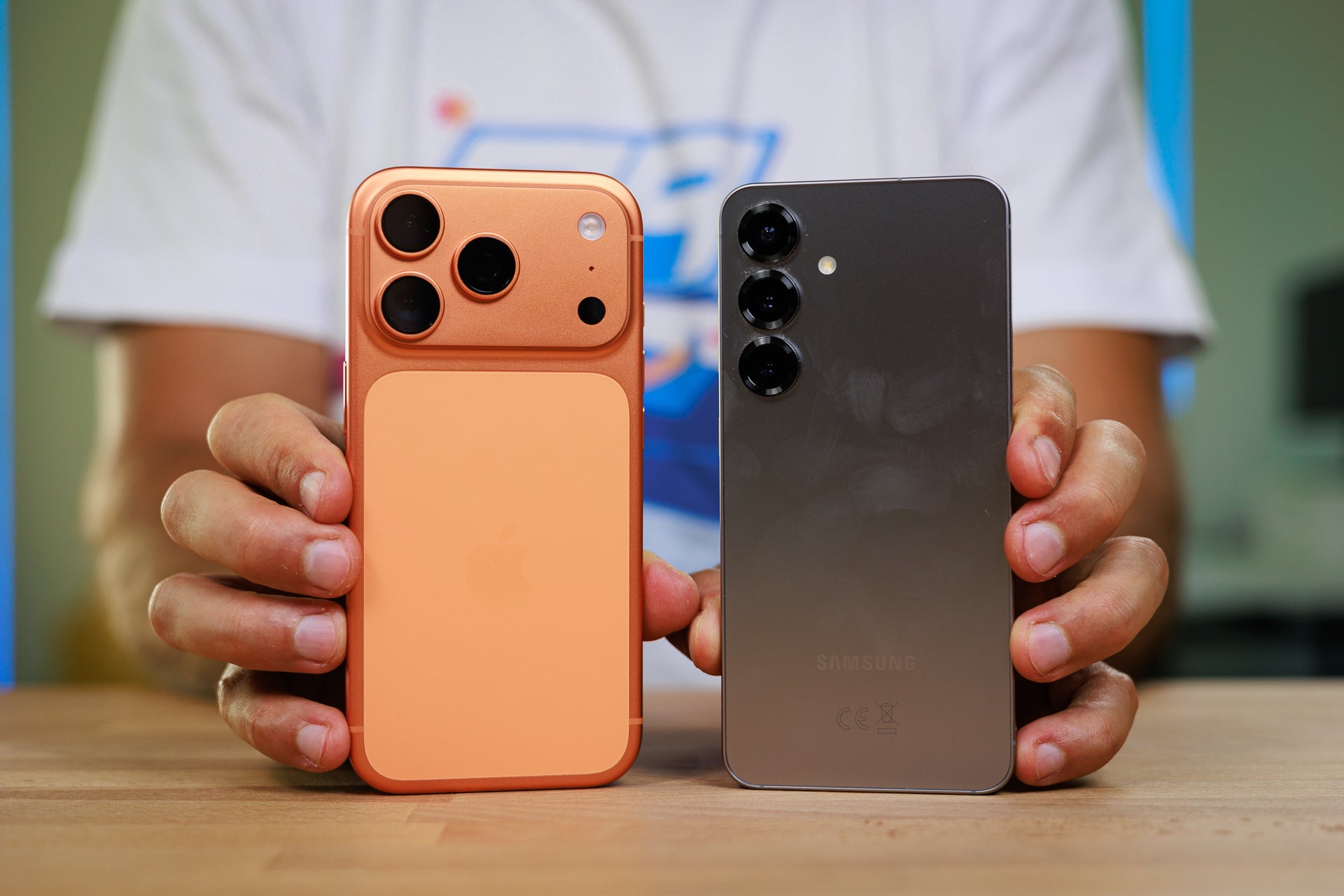
Image credit — PhoneArena
Apple finally raises the bar when it comes to display brightness. The iPhone 17 Pro’s 6.3-inch OLED display now hits up to 3,000 nits outdoors, making it the brightest iPhone screen yet, and a small step ahead of the Galaxy S25’s 2,600 nits peak. Both panels have a 1-120Hz.
Samsung comes with a slightly smaller 6.2-inch screen, which also looks excellent. For biometrics, Apple relies on Face ID inside the Dynamic Island, while Samsung pairs an ultrasonic fingerprint scanner with basic Face Unlock.
The iPhone 17 series also introduces a new seven-layer anti-reflective coating. It’s not as effective as the Galaxy S25 Ultra’s treatment, but side-by-side comparisons with the iPhone 16 make the improvement clear.
In our lab, the iPhone’s 20% APL brightness measured higher, while the Galaxy reached stronger full-screen (100% APL) brightness; both dim impressively low for nighttime use, though. Color accuracy is better on the iPhone, while the gamma on the Galaxy is flatter and a touch cooler by default.
The main biometrics are different between the two phones. The iPhone uses Face ID, while the S25 FE uses an excellent ultrasonic fingerprint reader (plus basic face unlock). Both are quick and accurate, but Face ID allows you to unlock your phone without touching it, which can come in handy.
Performance and Software
Snapdragon vs A19 Pro: the clash of a new generation
The iPhone 17 Pro debuts Apple’s new A19 Pro chip, built on TSMC’s 3nm N3P process. Apple finally introduces a vapor chamber cooling system, which should help sustain peak performance for longer.
Samsung uses Qualcomm’s Snapdragon 8 Elite (for Galaxy), which is also a 3nm chip. It delivers blazing-fast performance, especially in graphics-heavy tasks, and it is paired with 12 GB of RAM.
Storage-wise, the iPhone starts at 256 GB and tops at 1 TB, whereas the S25 starts at 128 GB and tops at 512 GB.
| iPhone 17 Pro | Galaxy S25 |
|---|---|
| Chip A19 Pro | Chip Qualcomm Snapdragon 8 Elite |
| Process 3nm | Process 3nm |
| RAM, Storage 12/256 GB 12/512 GB 12/1 TB LPDDR5X RAM NVMe storage | RAM, Storage 12/128 GB 12/256 GB 12/1 TB LPDDR5X RAM UFS 4.0 storage |
On the software side, the Galaxy S25 leans heavily into Galaxy AI, powered by Google’s Gemini. Features like Circle to Search, Live Translate, and Note Assist are deeply integrated into One UI 7.
Apple’s iOS 26 introduced the new Liquid Glass design and features like Live Translate for calls, Call Screening, and Smart Replies. But Apple Intelligence is still rolling out, and Siri’s major overhaul is delayed until 2026 or later.
CPU Performance Benchmarks:
In Geekbench 6 single-core, the A19 Pro pulls clearly ahead of Snapdragon 8 Elite. In multi-core, the roles are reversed, with the Snapdragon coming on top in heavy multi-threaded tasks.
GPU Performance:
Peak scores are essentially a the same, with a tiny edge to Galaxy, but the iPhone’s vapor chamber and aluminum shell keep performance steadier over time. In long sessions, Apple’s sustained score remains much higher, so big games hold framerates more consistently on the 17 Pro, while the S25 drops off harder once heat builds up.
Camera
Apple finally upgrades the telephoto camera
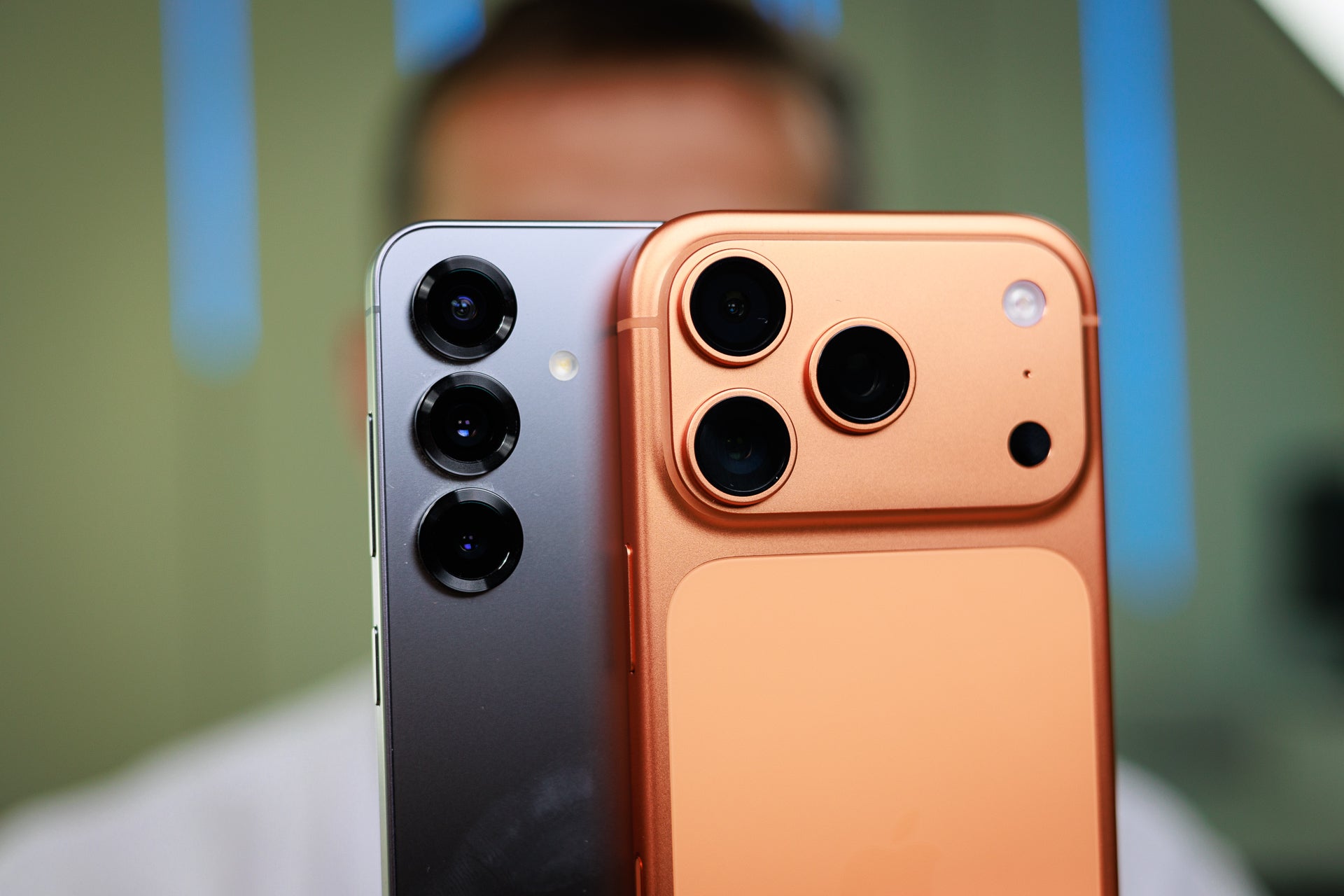
Image credit — PhoneArena
The Galaxy S25 relies on a familiar triple-camera setup that carries over from the S24: a 50 MP main, a 12 MP ultrawide, and a 10 MP 3x telephoto. You also get software features like Expert RAW, Log video, Audio Eraser, and strong AI-driven processing to elevate results. However, the hardware hasn’t seen meaningful changes in a while, which makes the system feel a bit outdated.
With the iPhone 17 Pro, for the first time, the Pro models adopt an all-48 MP triple-camera system. Both the main and ultrawide cameras have been updated with new pipelines to capture finer detail and better dynamic range across lighting conditions.
With the iPhone 17 Pro, for the first time, the Pro models adopt an all-48 MP triple-camera system. Both the main and ultrawide cameras have been updated with new pipelines to capture finer detail and better dynamic range across lighting conditions.
The brand-new 48 MP telephoto comes with a tetraprism telephoto lens that supports 4x optical zoom at 100 mm and a much longer 8x zoom at 200 mm, with improved stabilization on a larger sensor. For photos, digital zoom now extends up to 40x, pushing the iPhone Pro series into territory previously dominated by Samsung’s Ultra series.
On the front, Apple has upgraded the selfie camera to 18 MP, giving users higher resolution, a wider field of view, and more flexible framing options. It also comes with optical image stabilization, which should come in handy when recording vlog-style videos.
Apple has also brought Dual Capture video to the Pro models, letting you record simultaneously with the front and rear cameras. That's something Galaxy phones have been capable of for a while now.
Keep in mind that Dual Capture video is recorded as one file, so you cannot remove the front camera feed after the recording is done.
PhoneArena Camera Score:
The iPhone 17 Pro scored higher in our controlled camera tests, particularly when it came to the telephoto and main camera. The S25 keeps things competitive for casual snaps and social media, but if you plan on extensively using the cameras, the iPhone 17 Pro is the better tool for the job.
Main Camera
The iPhone 17 Pro clearly had some issues with exposing for this cloudy day here. The shadows are darker then they should be, which makes for a much less pleasing image compared to that of the S25. Colors and detail look good on both.
Zoom Quality
The same trends we say with the main image sensors continue with the telephoto cameras. The difference here is that the iPhone has a 4x optical zoom (and 8x optical quality zoom), while the S25 has a 3x zoom. The iPhone's image has higher detail, but the way the phone has handled the scene is not ideal.
I much prefer the colors from the S25 here. They are more natural, whereas the iPhone has thrown in a greenish tint to the whole image.
Ultra-wide Camera
Just like when we compared the main cameras, the S25 has exposed the scene better with its ultrawide. That said, the iPhone's image is more detailed and sharper.
Selfies
Both selfie cameras do a great job, but the new one on the iPhone 17 Pro has a wider field of view, which would come in handy for group shots.
Battery Life and Charging
Apple's biggest jump in battery capacity
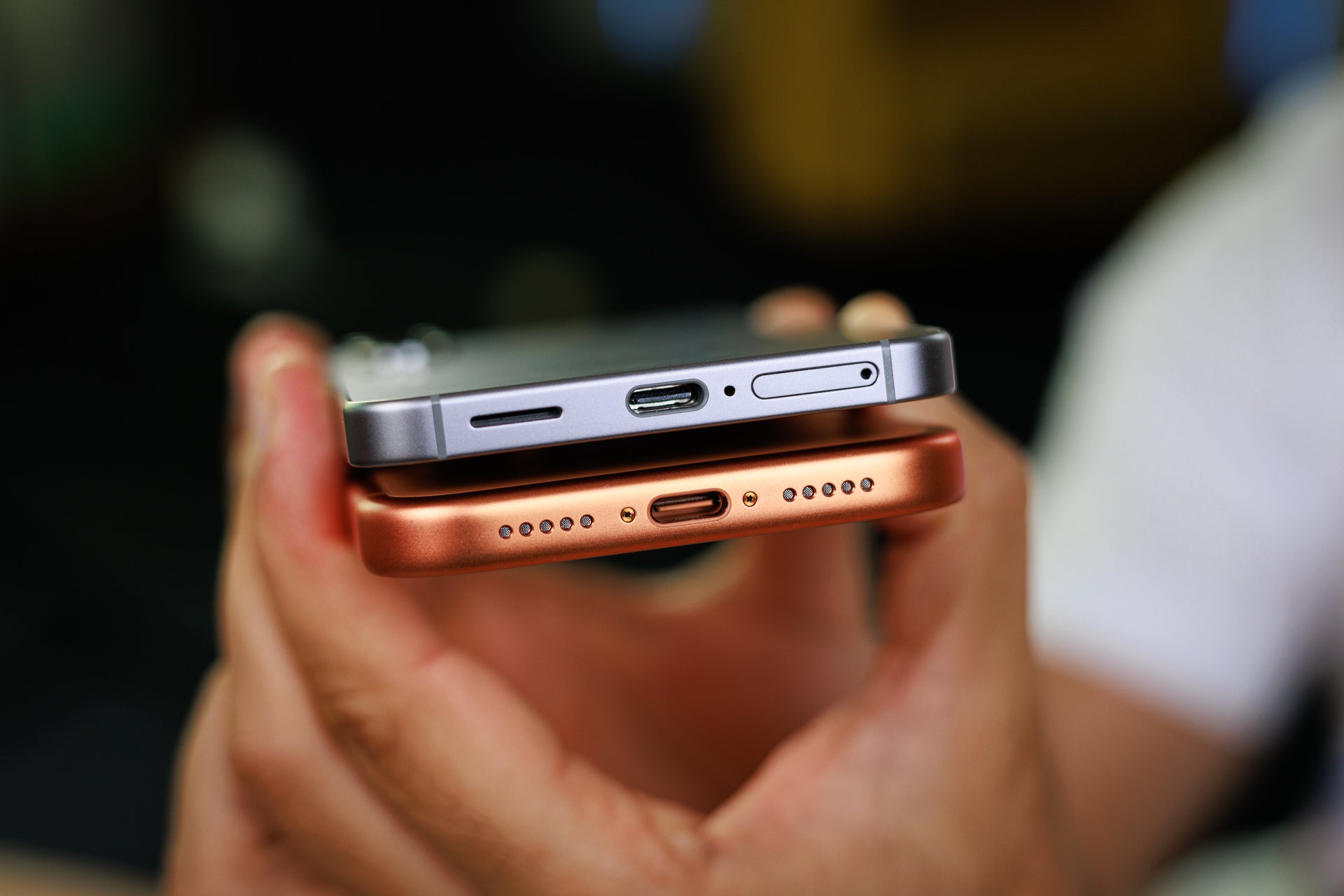
iPhone 17 Pro adds faster 40W charging, while Galaxy S25 offers reverse-wireless charging. | Image credit — PhoneArena
The Galaxy S25 comes with a 4,000 mAh battery and 25W wired and 15W wireless charging. Apple doesn't disclose the iPhone's battery size, but we expect it to be somewhere around ~3,900 mAh for the nano-SIM version, and ~4,200 mAh for the eSIM one. Wired charging on the iPhone has increased to 40W wired, while wireless remains at 25W with Qi2.2 support.
One small detail is that the S25 has 4.5W reverse wireless charging, while the iPhone 17 Pro can only charge other device via cable.
PhoneArena Battery and Charging Test Results:
Despite its slightly larger battery, the iPhone 17 Pro got 20 minutes less of estimated battery compared to the Galaxy S25 life in our tests. The difference came mainly from our Browsing and Gaming tests, where the S25 lasted 1-2h more.
Both phones get a full charge in under 1h and 20min, but the iPhone reached 67% in 30 minutes, whereas the S25 reached 54%.
Audio Quality and Haptics
Both are good pretty good. The iPhone 17 Pro’s speakers are cleaner at higher volumes with a bit more mid-bass weight, while the S25 sounds a bit leaner. Both get loud, although we noticed that the iPhone 17 Pro's max volume is not as high as its predecessor.
Haptics are tight and precise on both phones. For calls and mics, Apple’s new four-mic “studio” setup on the Pro line captures clearer voice in noisy spots, while Samsung’s Audio Eraser can come in handy when recording video.
Specs Comparison
Here's a quick overview of the iPhone 17 Pro vs Galaxy S25 specs:
| iPhone 17 Pro | Galaxy S25 |
|---|---|
| Size, weight 146.6 × 71.5 × 8.3 mm, 194 g | Size, weight 146.9 x 70.5 x 7.25mm, 162g |
| Screen 6.3" OLED 120Hz | Screen 6.2" OLED 120Hz |
| Processor Apple A19 Pro 3nm | Processor Snapdragon 8 Elite 3nm |
| Versions: --- 12/256 GB 12/512 GB 12/1TB LPDDRX5 | Versions: 12/128 GB 12/256 GB 12/512 GB --- LPDDRX5 |
| Cameras: 48 MP main 48 MP ultra 48 MP 4X zoom 18 MP front | Cameras: 50 MP main 12 MP ultra 10 MP 3X zoom 12 MP front |
| Battery: ~3988/4252 mAh battery (SIM variant dependent) | Battery: 4,000 mAh |
| Charging: USB-C 40W wired 25W wireless | Charging: USB-C 25W wired 15W wireless |
Which one should you buy?
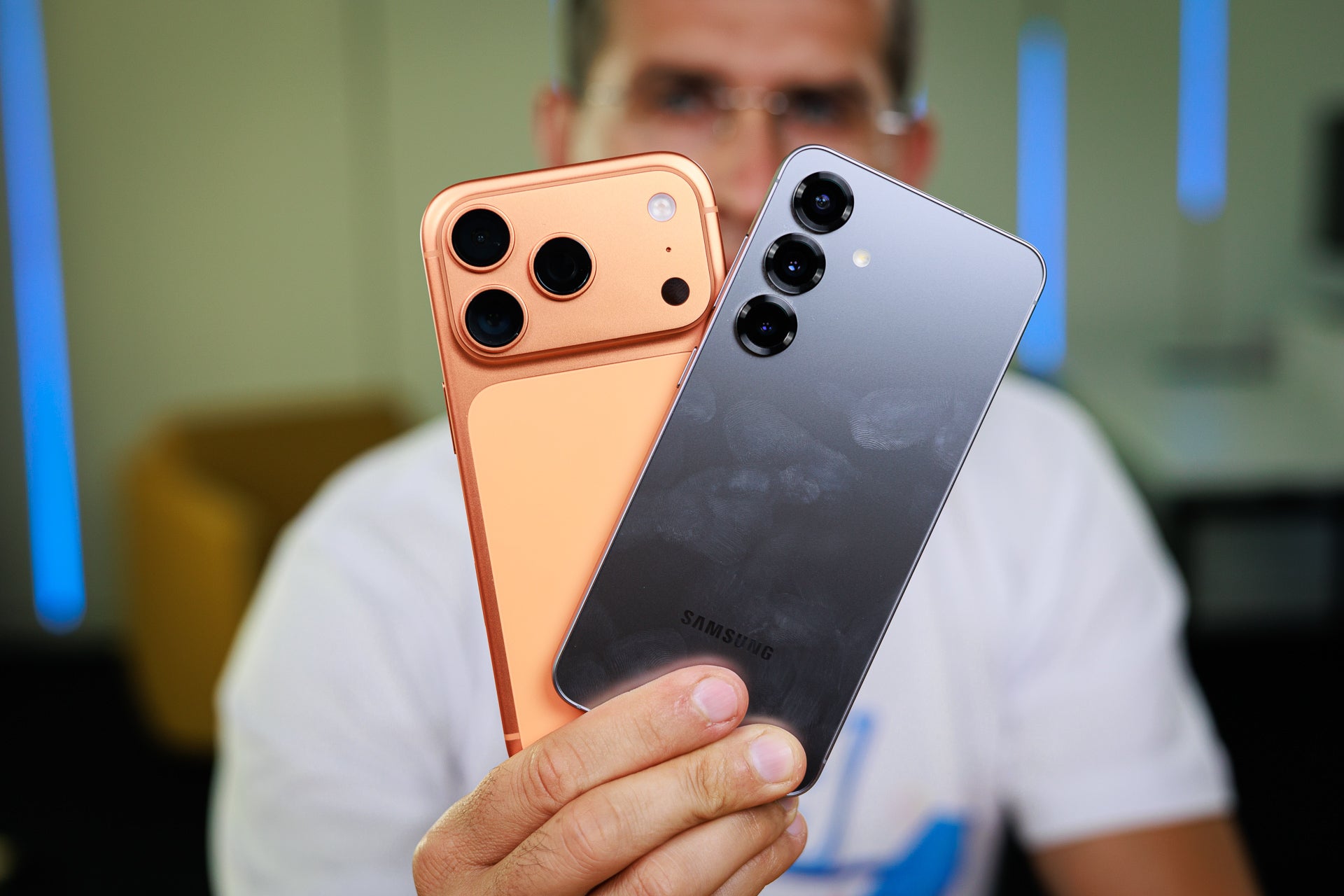
Image credit — PhoneArena
Pick the iPhone 17 Pro if you want the best camera system under $1,200 that’s equally serious about photos and pro-grade video, steadier gaming performance over long sessions, brighter small-window HDR with lower reflectance, faster wired charging, and a tougher build that’s designed to shed heat. Creators, mobile gamers, and anyone who edits or shoots a lot will feel where the money goes.
Pick the Galaxy S25 if you want the lightest true flagship you can pocket today, prefer a smaller 6.2-inch footprint, love Samsung’s deep AI features and Gemini integration, value longer gaming battery life, and want reverse wireless charging. It’s also the budget-smarter option at $799; for many people, it delivers 90% of what they need for 70% of the price.
Pick the Galaxy S25 if you want the lightest true flagship you can pocket today, prefer a smaller 6.2-inch footprint, love Samsung’s deep AI features and Gemini integration, value longer gaming battery life, and want reverse wireless charging. It’s also the budget-smarter option at $799; for many people, it delivers 90% of what they need for 70% of the price.
Follow us on Google News

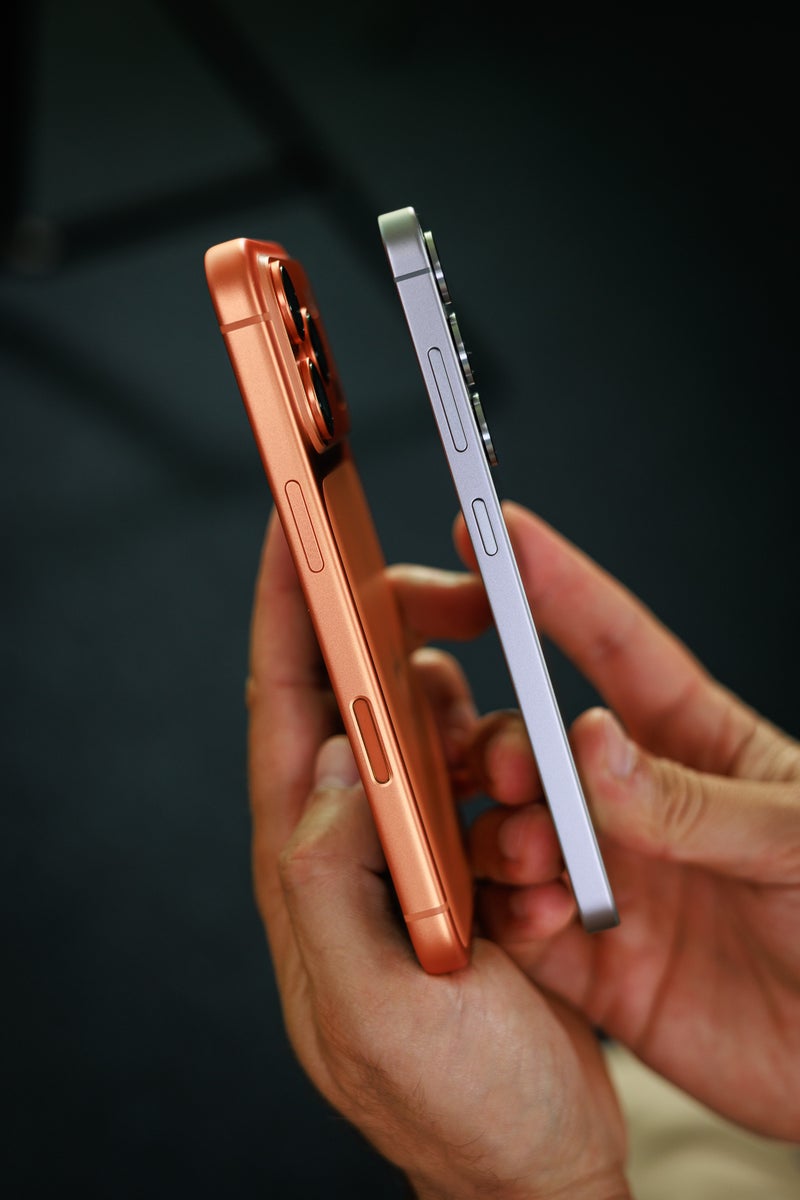
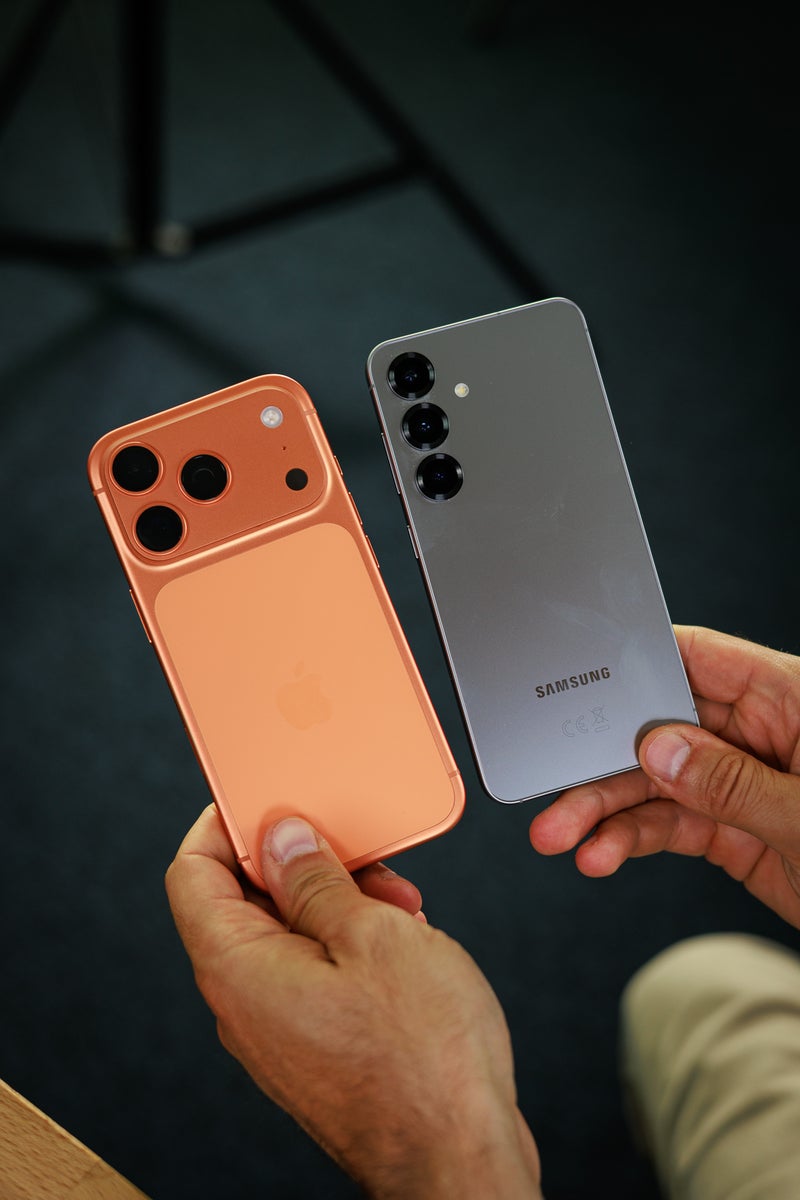
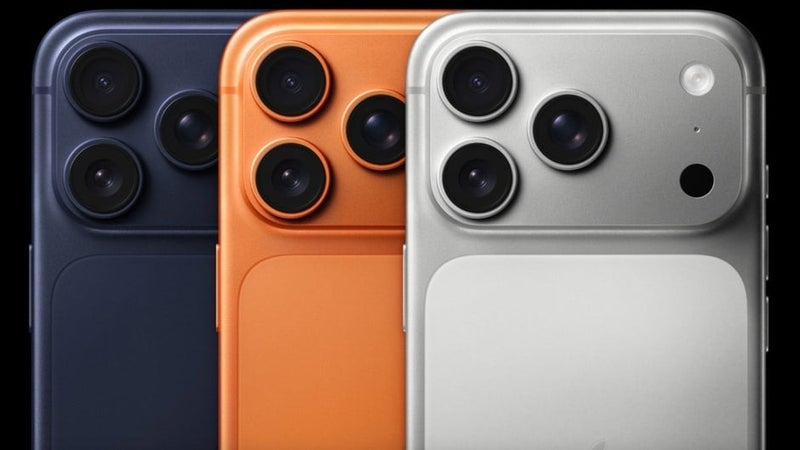
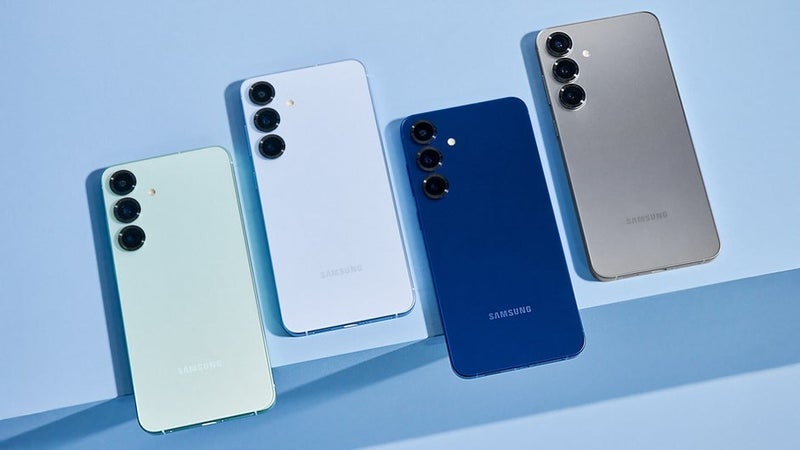
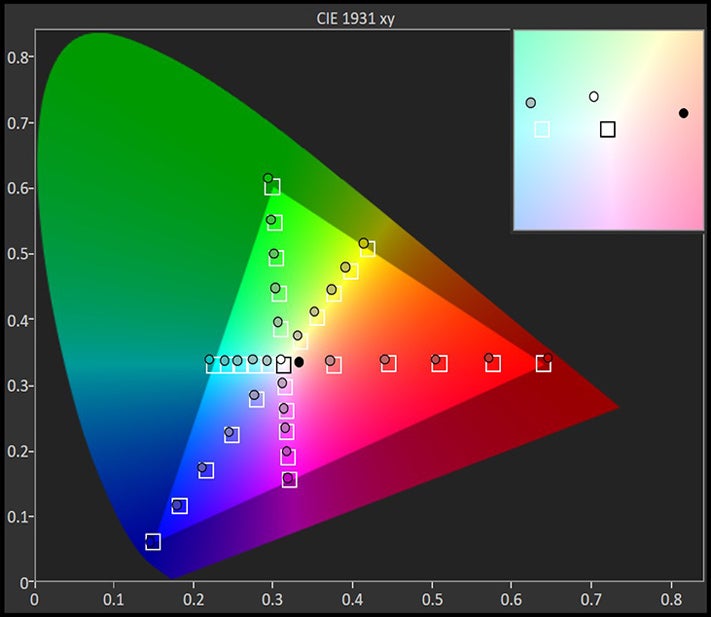





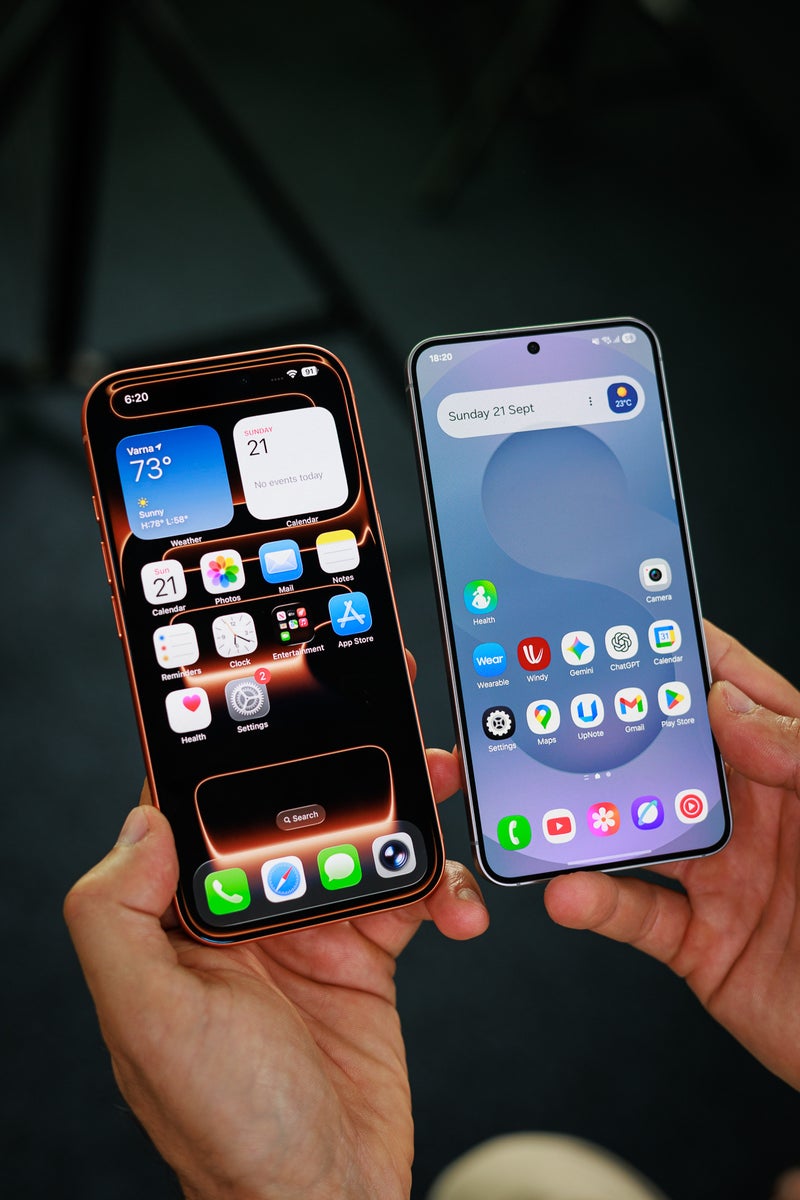
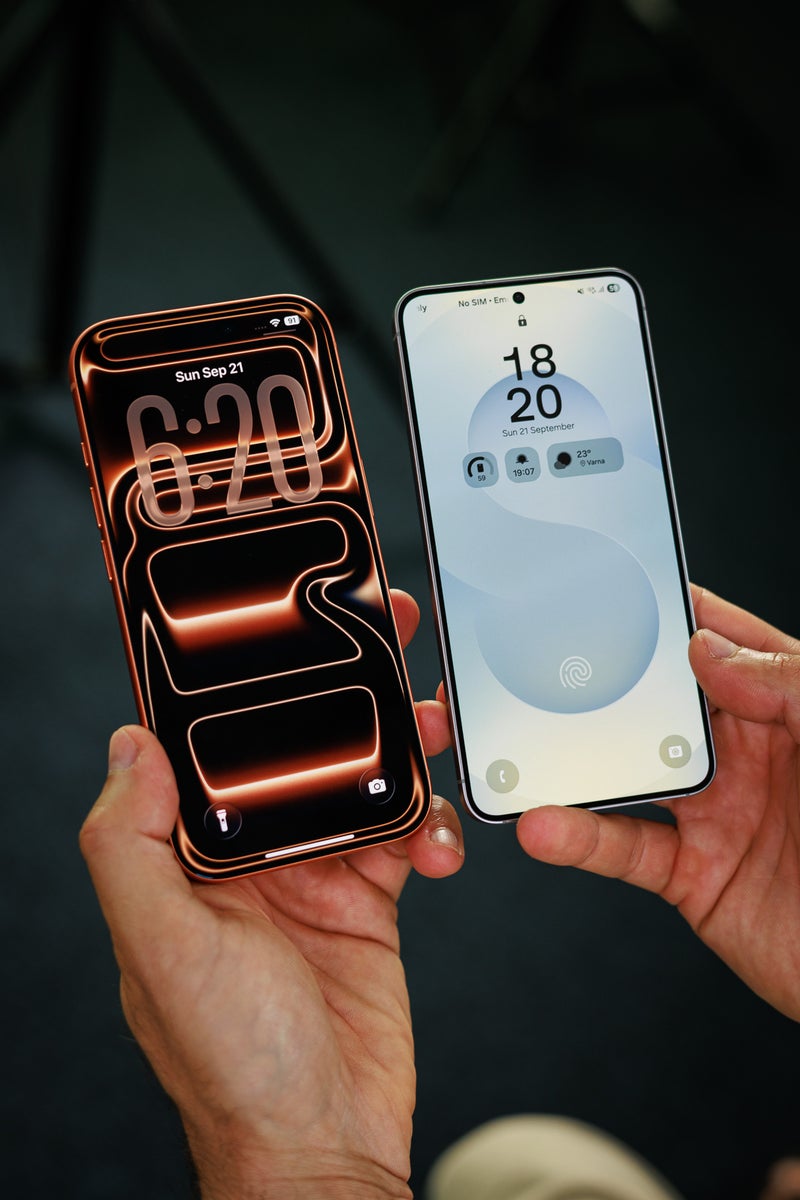


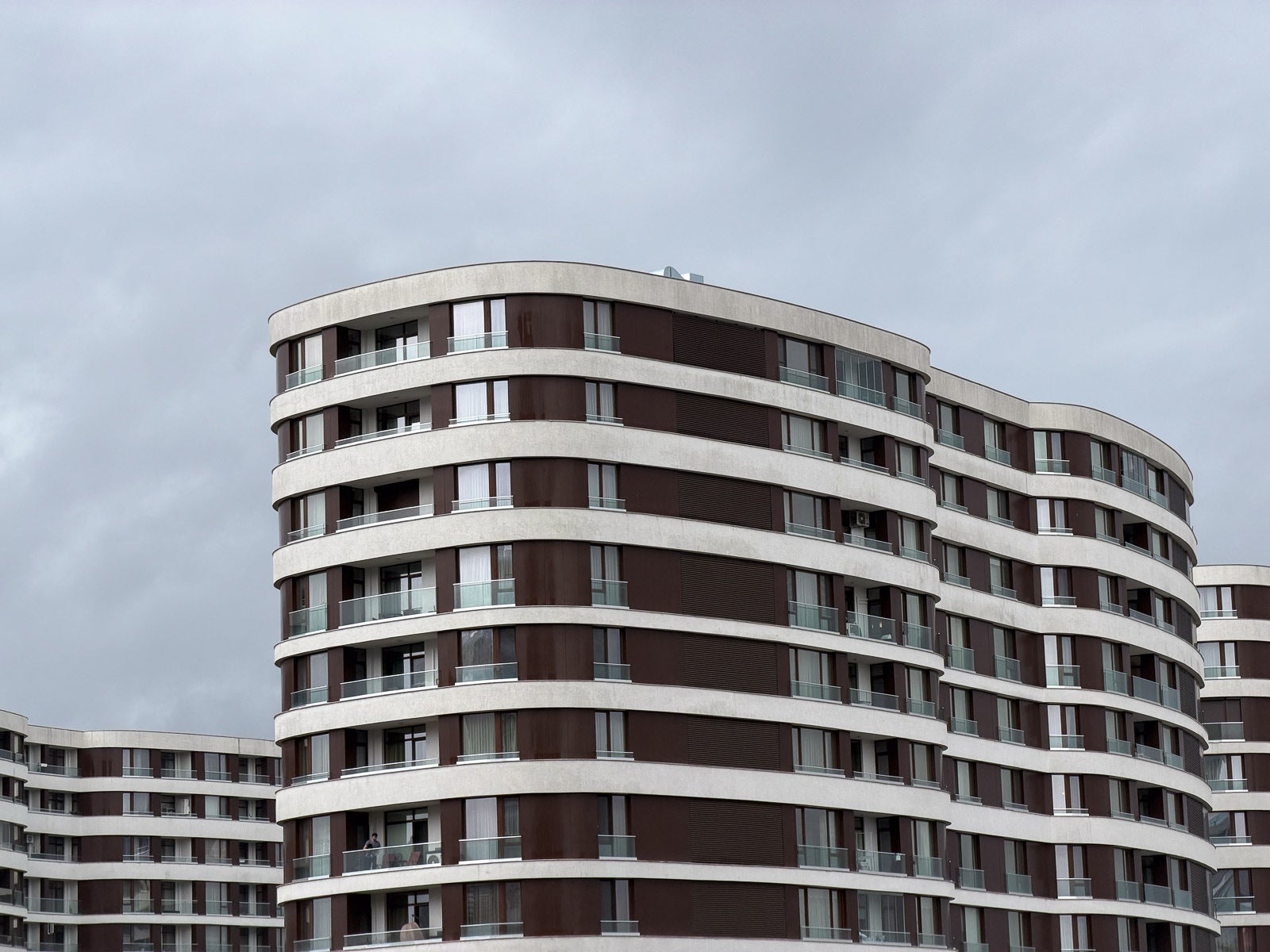
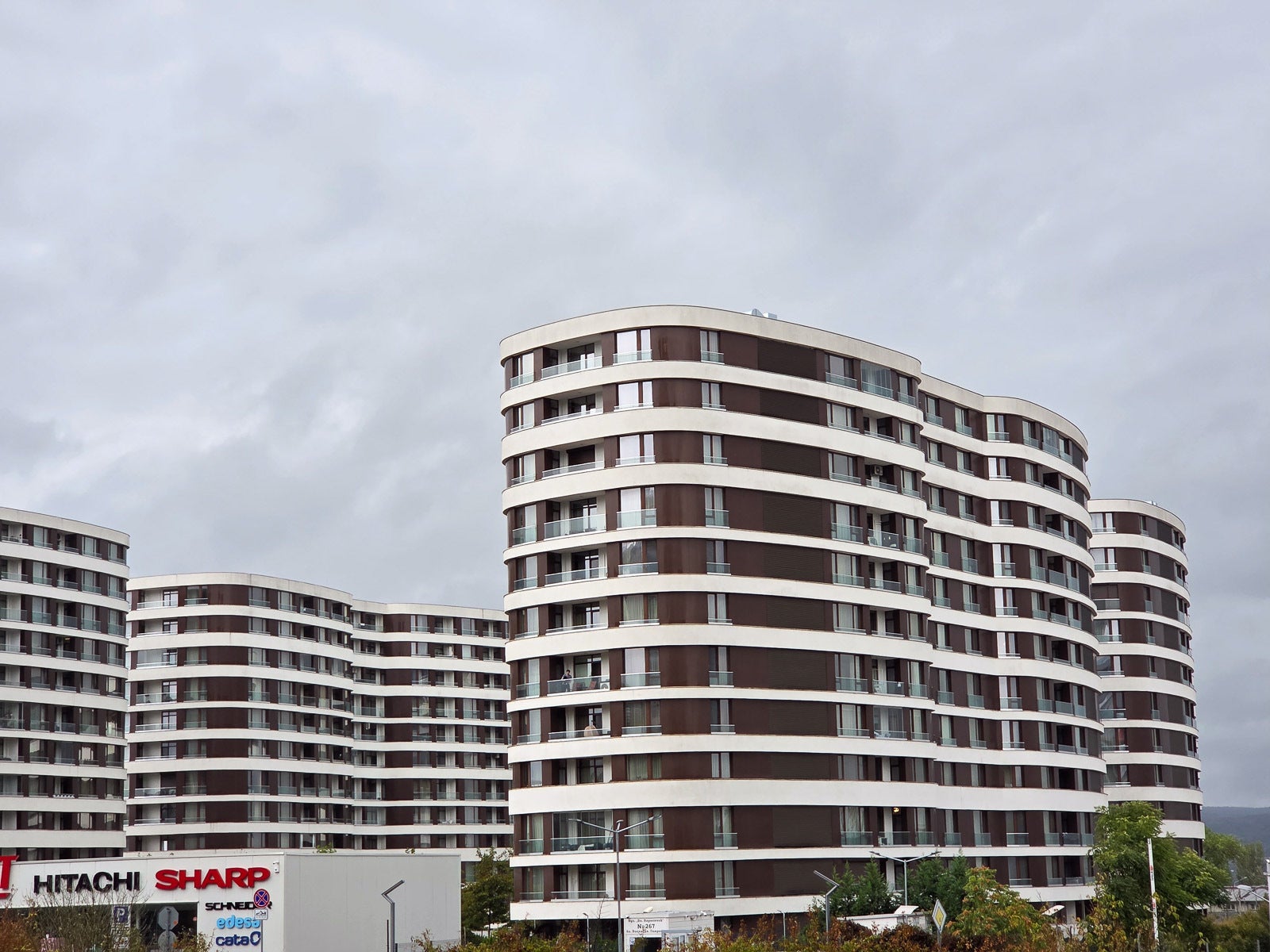
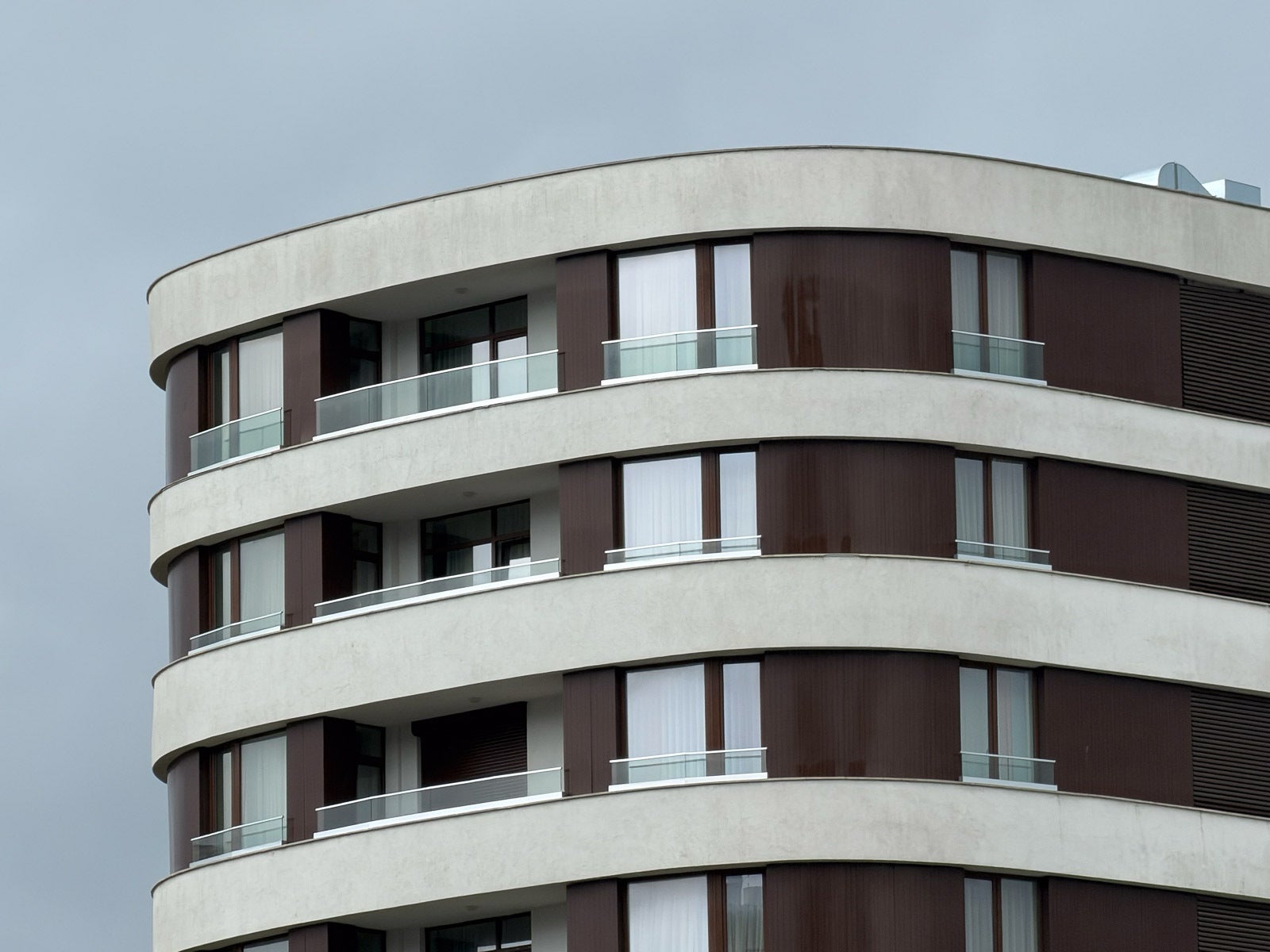
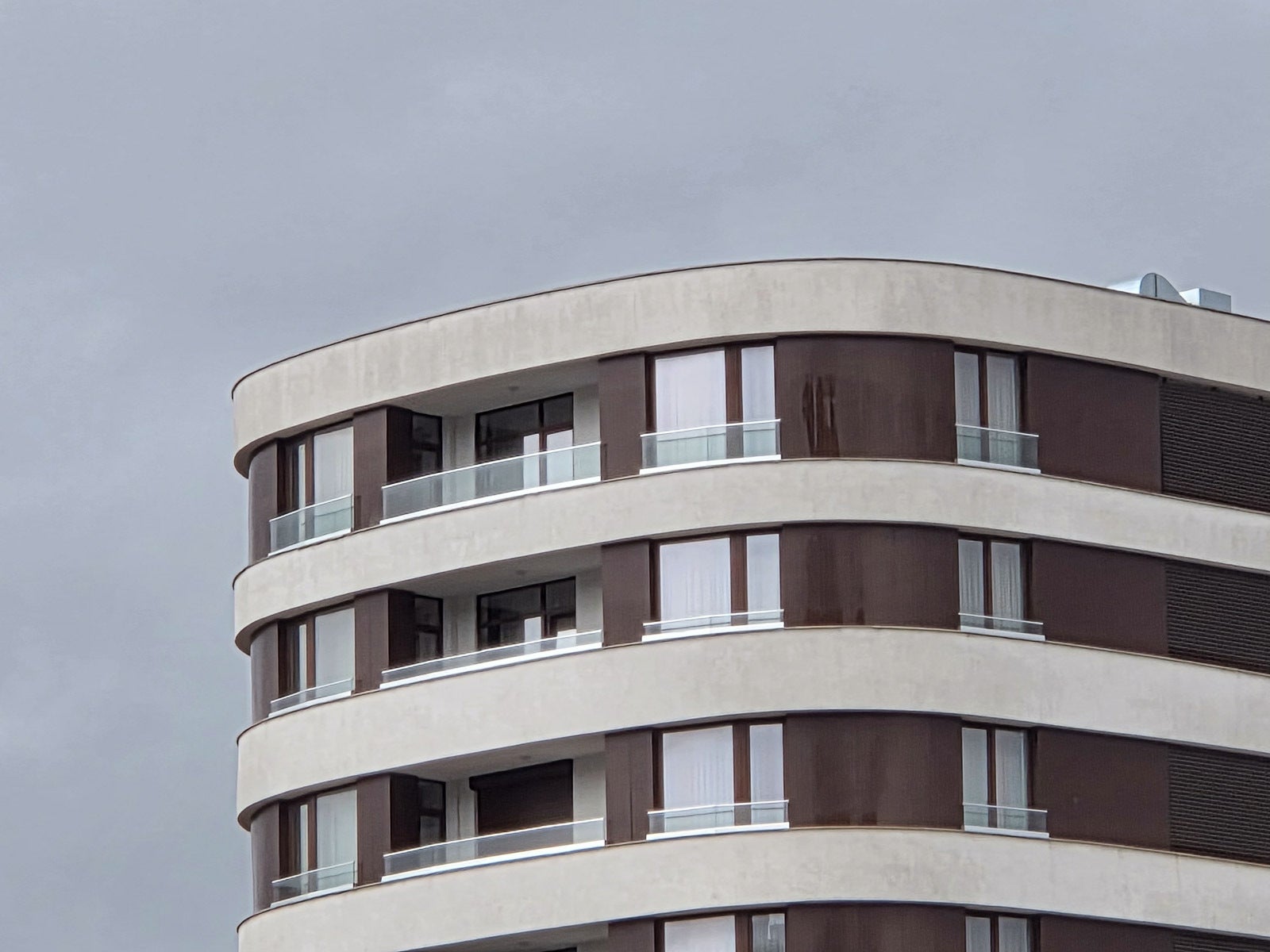
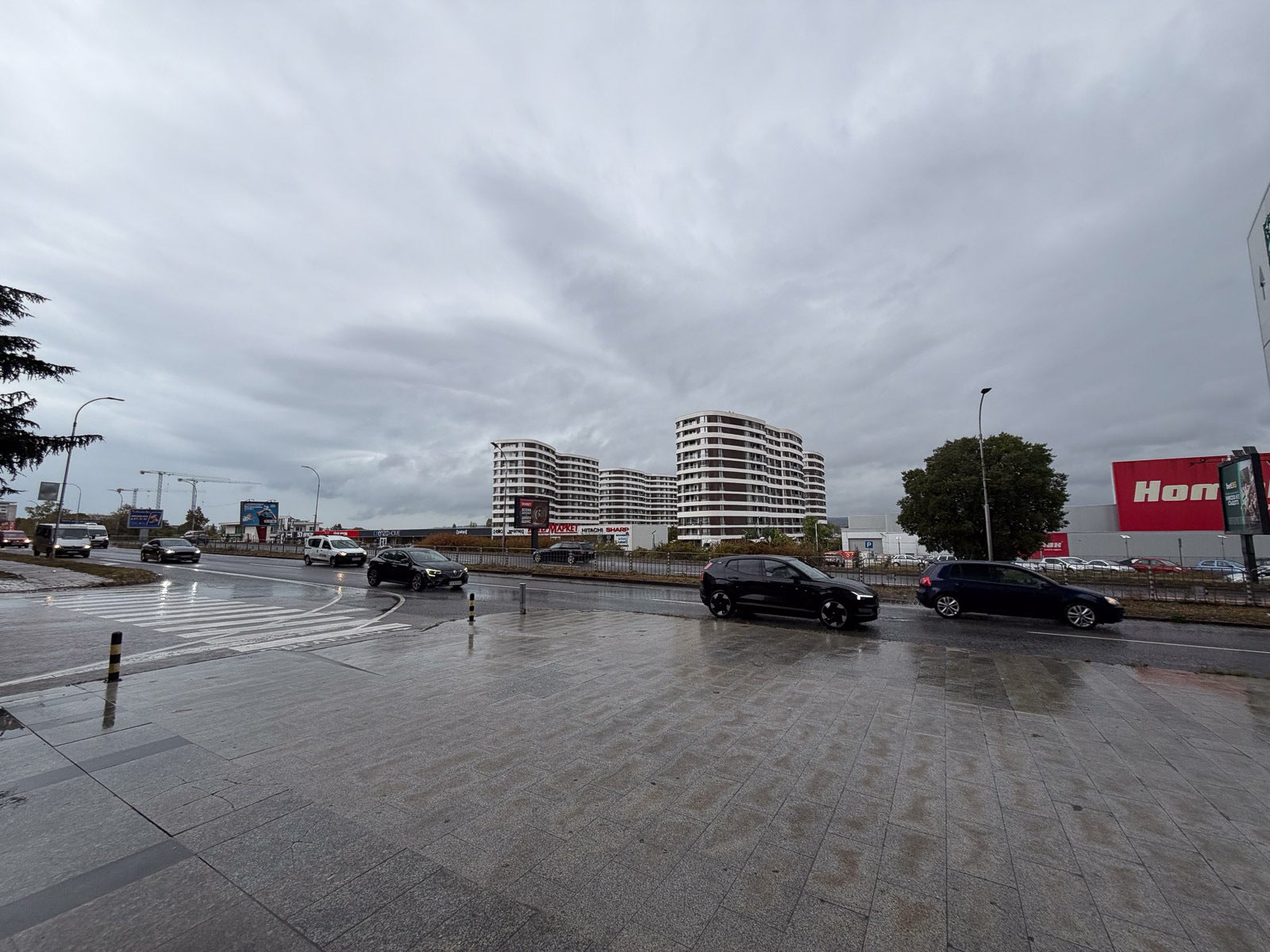
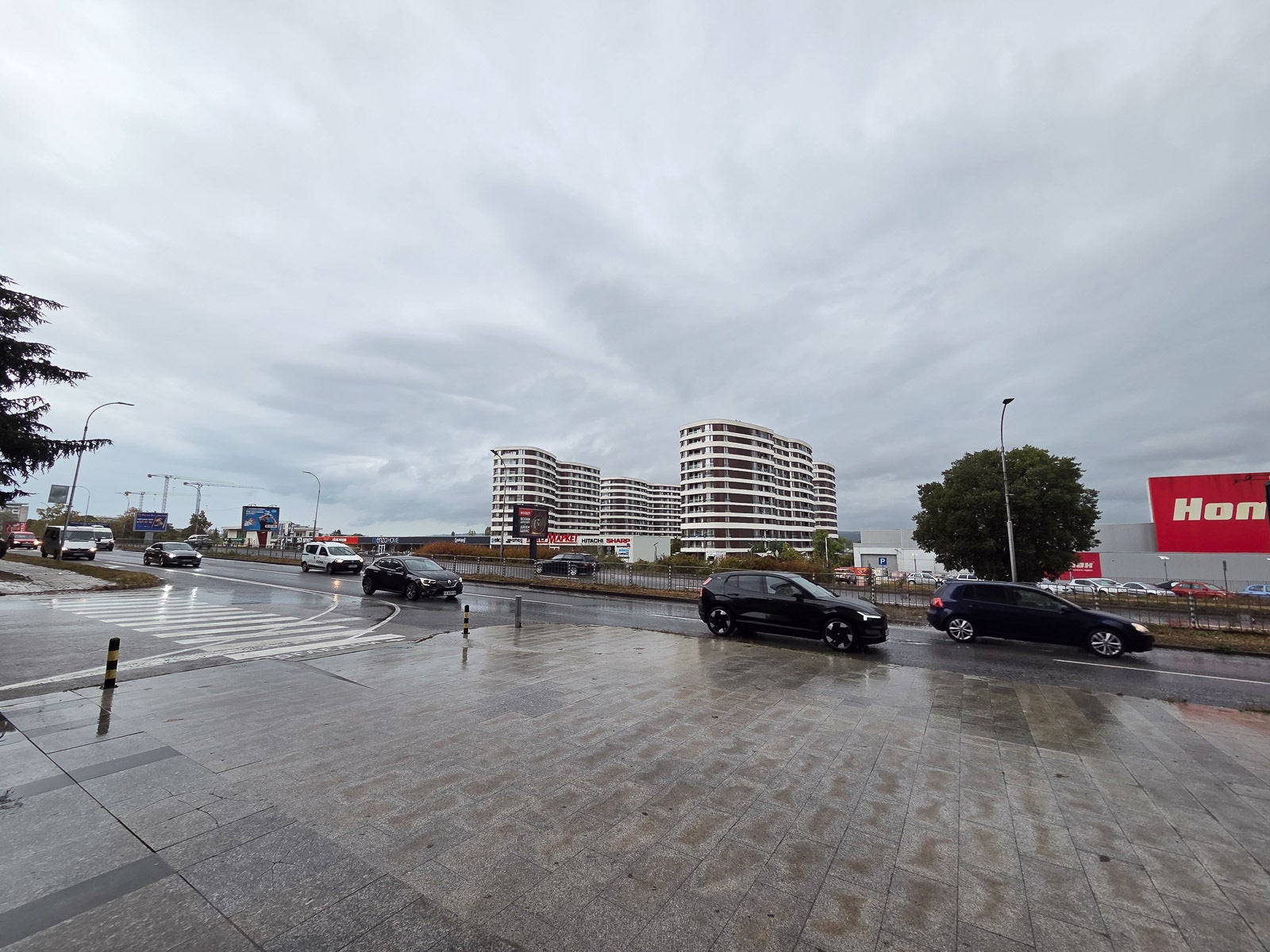



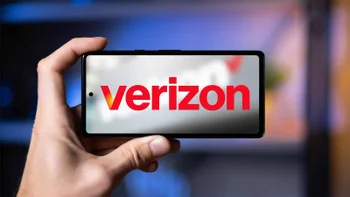
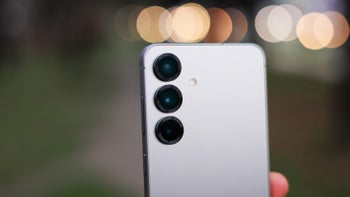
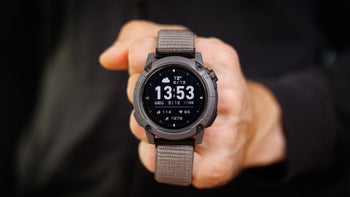
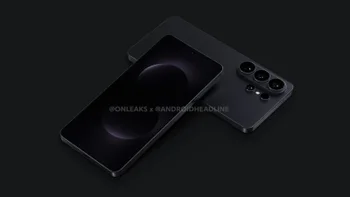

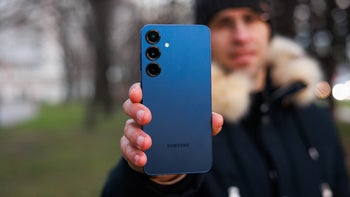
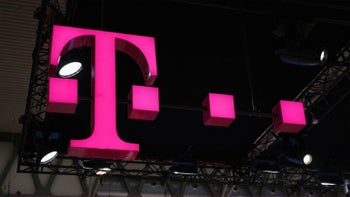

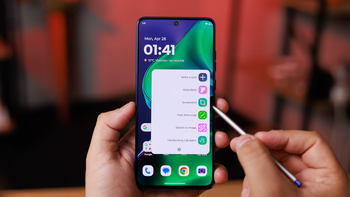
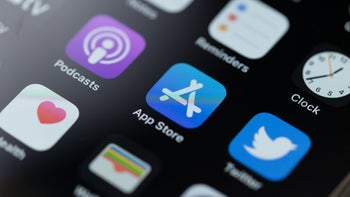

Things that are NOT allowed:
To help keep our community safe and free from spam, we apply temporary limits to newly created accounts: